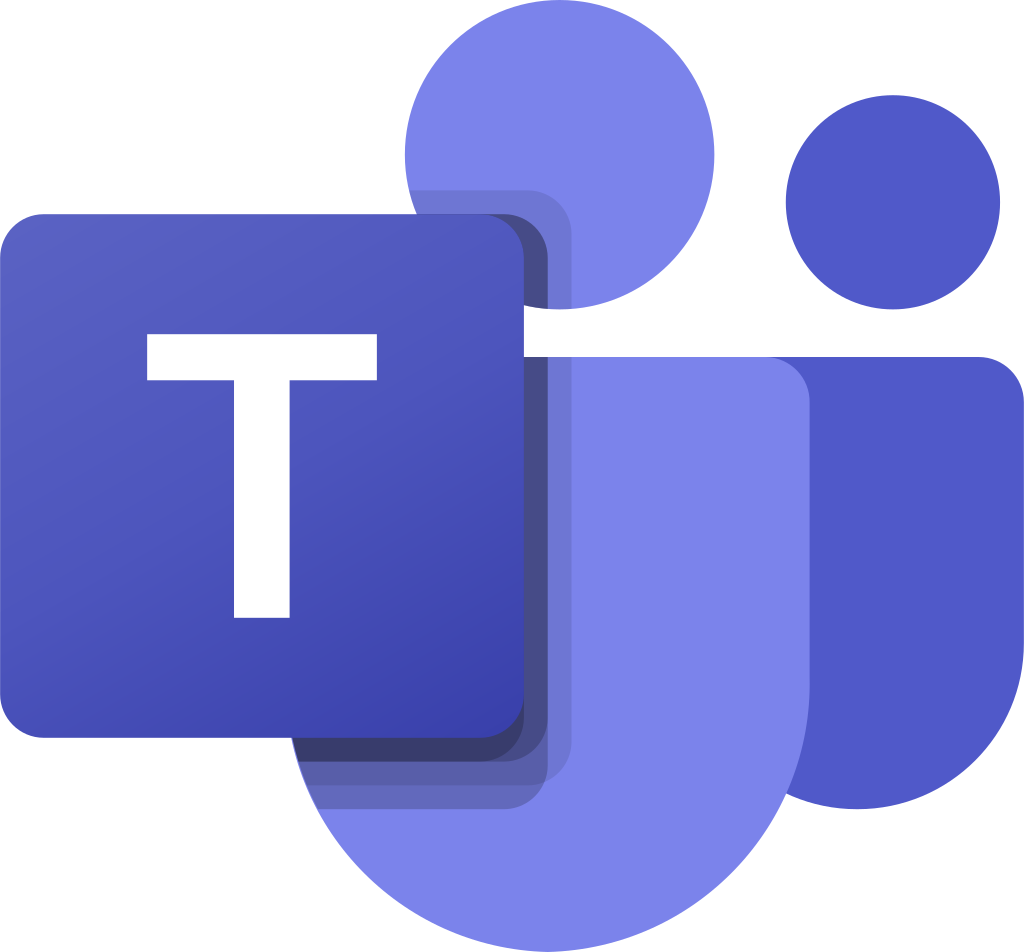Primary Sources
Keep in mind that certain groups or individuals may not have left a written record due to literacy, economic, or social power barriers. The history of a minority is frequently through the dominant culture lens so look carefully at who actually produced the text.
For a comprehensive list of databases with primary source content, start with the databases on this list:
- History Databases for Primary Sources
- Specifically, Hispanic American Newspapers will be a helpful database for news articles
Beyond the resources in the Primary Sources database list, there are many, many choices for other primary materials. Here is a brief list of possible websites for free educational use with proper citation.
- CSUSM Library Catalog (try keyword search to start in the Books & More tab)
- add the word "sources" to your search to get different kinds of primary sources in your results list
- Online Archive of California--documents and images from a wide variety of institutions. Not all is available digitallly.
- Written and visual sources
- Calisphere--curated collection of images hosted by the University of California gathered from a wide variety of California historical and cultural institutions.
- Written and visual sources
- California Revealed--A California State Library initiative that helps public libraries, archives, museums, historical societies, and other heritage groups digitize, preserve, and provide online access to archival materials documenting the state's history, art, and cultures.
- Written and visual sources
- Historic Mexican and Mexican-American Press--Hosted by University of Arizona, these Spanish-language newspapers include several published along the border region outside of California.
- Chicana and Chicano Studies in Library Special Collections--a mix of materials held at UCLA.
- Farmworker Movement Archive--held at UCSD, more than Chavez and the UFW.
- Internet Archive--Something of a mix of materials: Images, sound files, documents assembled by a dedicated group of volunteers.
- Written and visual sources
- Newspapers--US English and Spanish language publications along with many others can be located through this list.
Searching the Library Catalog
You can find primary sources in the library book collection in either collections (frequently called anthologies) or included within secondary source books as illustrations, appendices, or excerpts (quotations from a larger source.)
Quoted pieces from a larger document are not ideal primary sources, in the event you find a 'piece' of a larger source item in a book, whenever possible go to the original document. Find the information in the footnote or bibliography. If you need help locating the item, of course, ask for help!
The search video below demonstrates looking for a diary which is one form of primary source. For other types of material that you can use in your search strategy, refer to Primary Source Types for a list of ideas.
To search for books at CSUSM, choose the Books & More tab on the library website:

Helpful Keywords
The Library Catalog uses a few types of controlled vocabulary to describe the items we own. Controlled vocabulary is kind of like hashtags - we assign different terms to items which helps us to describe what it is.
When searching for primary sources, you can add these words to your search along with keywords for your topic, event or person.
- Address
- Autobiography
- Correspondence
- Diary or diaries
- Interview(s)
- Letters
- Oratory
- Memoir
- Pamphlets
- Papers
- Personal correspondence
- Personal narrative
- Sources
- Speeches
- Tracts (like pamphlets)


